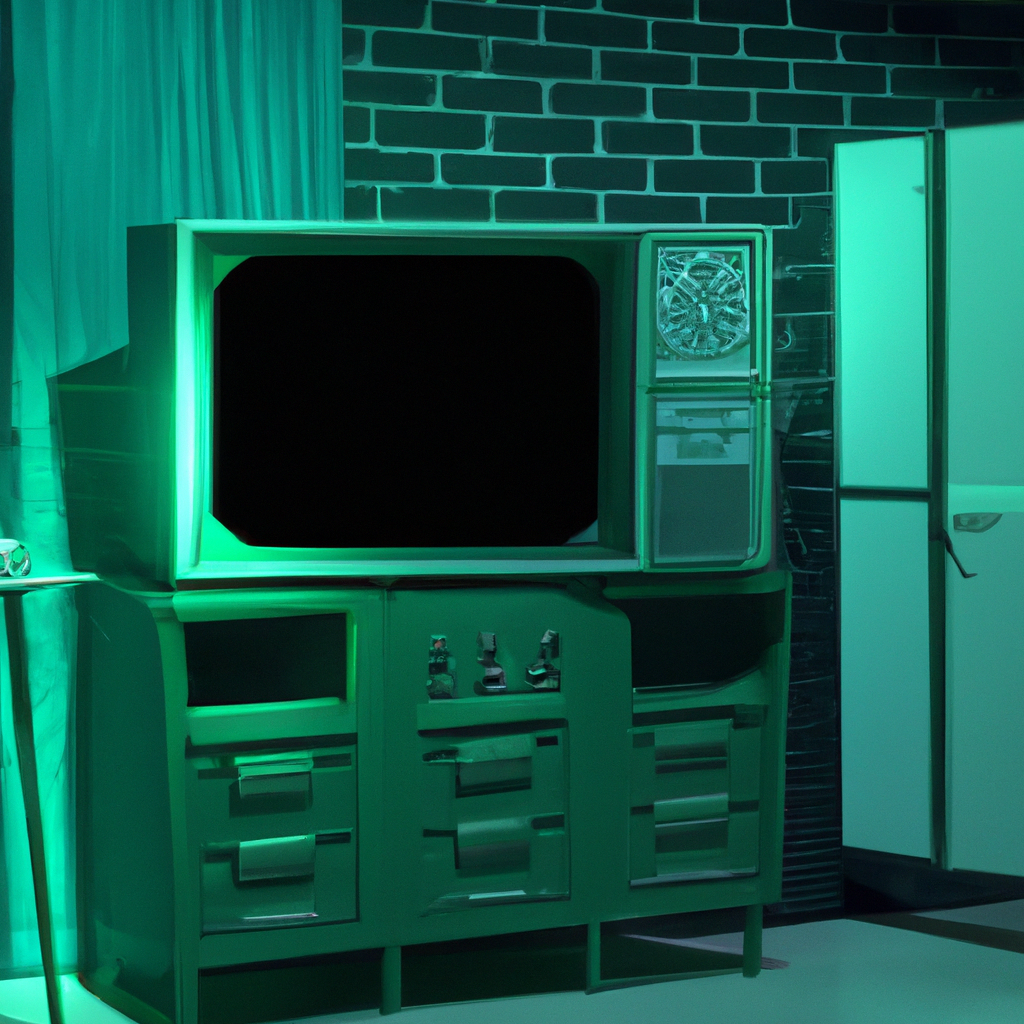Television has become an integral part of our daily lives, and we often take it for granted without understanding how it works. In this article, we will explore the technology behind televisions and the different types of TV screens available in the market. We will also discuss the history of television and the various components that make it work.
How does a television work?
A television works by converting electrical signals into images and sound. It does this by using a combination of different technologies, including cathode ray tube, plasma display, and LCD screen.
Television History:
The history of television can be traced back to the late 19th century when the first mechanical television was invented. However, it wasn’t until the mid-20th century when electronic television became widely available.
The first electronic television was invented by John Logie Baird in 1925, which used a mechanical scanning system. However, it was the invention of the cathode ray tube (CRT) that revolutionized the television industry in the 1950s. The CRT television used a vacuum tube to display images on a screen, and it remained the dominant technology until the 2000s.
TV Components:
A television consists of several components that work together to produce images and sound. These components include:
1. Tuner: The tuner is responsible for receiving the television signal and converting it into a form that can be processed by the television.
2. Video processor: The video processor takes the signal and processes it to produce the images that appear on the screen.
3. Audio processor: The audio processor takes the sound signal and processes it to produce the sound that comes out of the speakers.
4. Display screen: The display screen is the most visible component of a television. It is responsible for displaying the images produced by the video processor.
TV Technology:
As mentioned earlier, there are several types of TV screens available in the market. Let’s explore the different types of TV screens and how they work.
1. Cathode Ray Tube (CRT): As mentioned earlier, the CRT was the dominant technology in the television industry until the 2000s. A CRT television uses a vacuum tube to display images on a screen. The tube contains an electron gun that shoots electrons at a phosphor-coated screen, producing the images we see on the screen.
2. Plasma Display: A plasma display uses tiny cells filled with a mixture of noble gases to produce images. Each cell contains an electrode that is charged with electricity, which excites the gas particles, producing ultraviolet light. The ultraviolet light then interacts with the phosphors on the screen, producing the images we see on the screen.
3. LCD Screen: An LCD screen consists of several layers of materials that work together to produce images. The layers include a backlight, a polarizer, a liquid crystal layer, and a color filter. The backlight produces the light that illuminates the liquid crystal layer. The liquid crystal layer then blocks or allows the light to pass through, producing the images we see on the screen.
Conclusion:
In conclusion, television technology has come a long way since its invention in the late 19th century. Today, we have several types of TV screens available in the market, each with its own unique features and benefits. Understanding how a television works and its different components can help us appreciate this technology and use it to its fullest potential.







